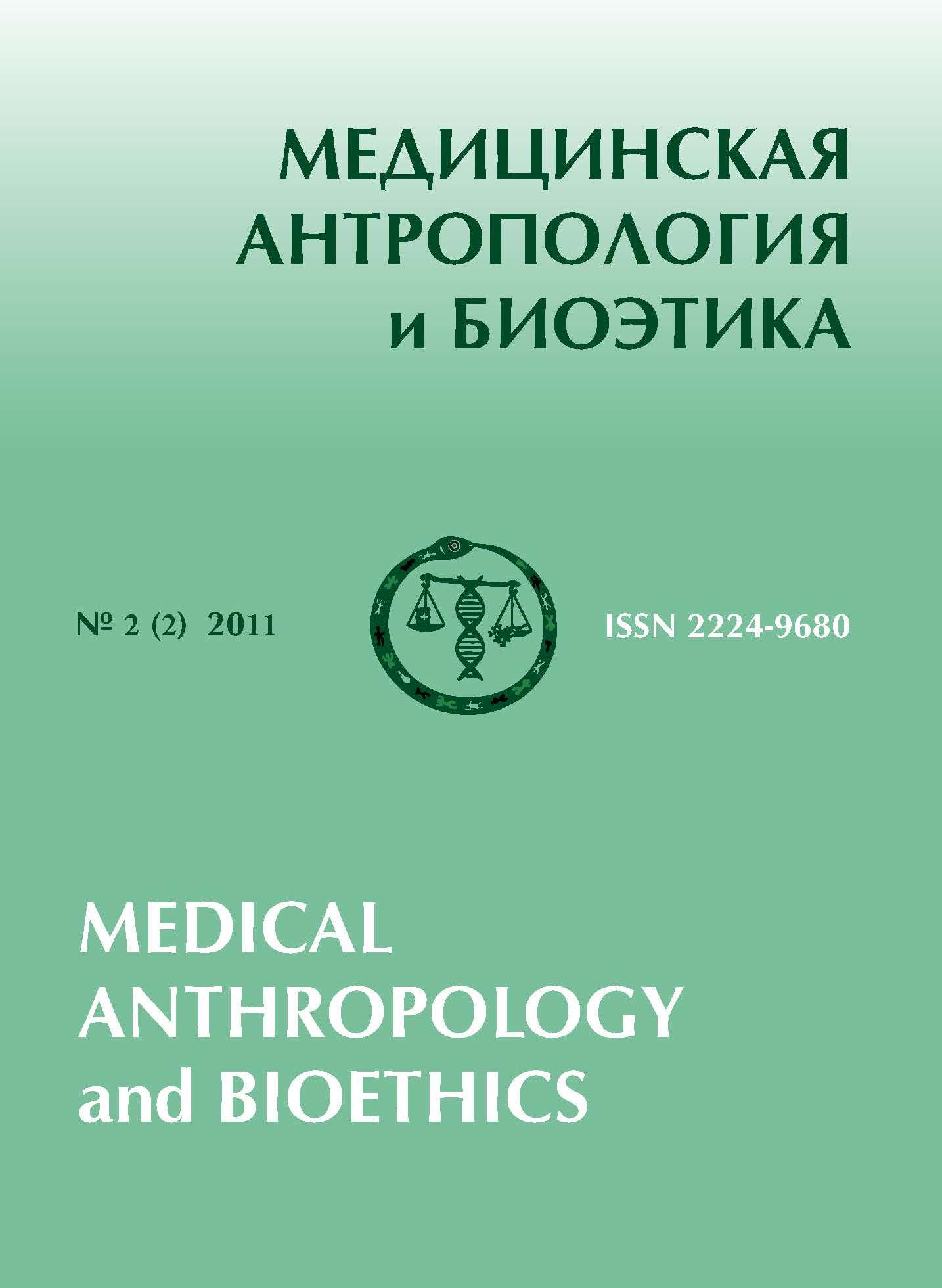Ethical issues in the clinical practice and research of shamanism
Keywords:
shamanism, cultural and situational context of disease, exorcism, healing, ethical problems, vulnerable groups, ritualAbstract
This presentation focuses on ethical issues arising in the use of shamanic journeys with clients presenting for mental and emotional issues to mental health providers. Ethical issues related to research of shamanism are also explored. One such question is whether shamans should be considered a vulnerable population in the context of research.
Literature
- Ackerman, S.E. (2001), “Divine contacts: Chinese new religions and shamanic movements in contemporary Malaysia”, Journal of Contemporary Religion, 16(3), pp. 293–311.
- Barsdorf, N.W. and Wassenaar, D.R. (2005), “Racial differences in public perceptions of voluntariness of medical research participants in South Africa”, Social Science & Medicine, 60, pp. 1087–1098.
- Beauchamp, T.L., Jennings, B., Kinney, E.D., and Levine, R.J. (2002), “Pharmaceutical research involving the homeless”, Journal of Medicine and Philosophy, 27(5), pp. 547–564.
- Beck, R.J. (1967), “Some proto-psychotherapeutic elements in the practice of the shaman”, History of Religions, 6(4), pp. 303–327.
- Boyle, A. (2001), Shamans set up a code of ethics to fight shams, available on: www.msnbc.msn.com/id/3077286/ns/technology_and_ science/t/shamans-set-code-ethics-fight-shams (accessed 9 May 2012).
- Bulgakova, T. (2003), “Nanai shamans under double oppression. Was the persecution by Soviet power stronger than the power of shamanistic spirits? “, translated by Mällo, T., Pro Ethnologia, 15, pp. 131–158.
- Buyandelgeriyn, M. (2007), “Dealing with uncertainty: Shamans, marginal capitalism, and the remaking of history in postsocialist Mongolia”, American Ethnologist, 34(1), pp. 127–147.
- Charles, L.H. (1953), “Drama in shaman exorcism”, Journal of American Folklore, 66(260), pp. 95–122.
- Council for International Organizations of Medical Sciences (2002), International guidelines for biomedical research involving human subjects, Geneva.
- Dixon, R..B (1908), “Some aspects of the American shaman”, Journal of American Folklore, 21, pp. 1–13. Cited in Charles, L.H. (1953), “Drama in shaman exorcism”, Journal of American Folklore, 66(260), pp. 95–122.
- Dobkin de Rios, M. (2002), “What we can learn from shamanic healing: Brief psychotherapy with Latino immigrant clients”, American Journal of Public Health, 92(10), pp. 1576–1578.
- Erlen, J.A., Sauder, R.J., and Mellors, M.P. (1999), “Incentives in research: Ethical issues”, Orthopedic Nursing, 18(2), pp. 84–87.
- Foundation for Shamanic Studies (2008), Code of ethics of the Foundation for Shamanic Studies, available on: www.shamanism.org (accessed 9 May 2012).
- Glass-Coffin, B. (1999), “Engendering Peruvian shamanism through time: Insights from ethnohistory and ethnography”,Ethnohistory, 46(2), pp. 205–238.
- Hangartner, J. (2010), “The contribution of socialist ethnography to Darhad “shamanism”, Inner Asia, 12, pp. 253–270.
- Hyman, M..A. (2007), “The first mind-body medicine: bringing shamanism into the 21st century”, Alternative Therapies, 13(4), pp. 10–11.
- International Society of Shamanic Practitioners (n/d), The principles of integrity: Rules for members of the International Society of Shamanic Practitioners, available on: www.lovehealth.co.uk/admin/ethics.htm (accessed 9 May 2012).
- Jiler, W.G. (2005), “Transforming the shaman: Changing Western views of shamanism and altered states of consciousness”, Investigación en Salud, 7(1), pp. 8–15.
- Jochelson, W. (1926), “The Yukaghir and the Yukaghirized Tungus” in Boas F. (Ed.), American Museum of Natural History Memoirs, 13, Jesup North Pacific Expedition, vol. 9, Leyden, EJ Brill, Cited in Merchant, J. (2006), “The development/emergent model of archetype, its implications and its application to shamanism”, Journal of Analytical Psychology, 51, pp. 125–144.
- Krippner, S., and Kremer, J.W. (2008), “Hypnotic-like procedures in indigenous shamanism and mediumship” in Kremer, J.W. (Ed.), Selected readings in introductory psychology, Pearson Custom, Boston, MA, pp. 41–60.
- Leete, A. (2005), “Religious revival as reaction to the hegemonization of power in Siberia in the 1920s to 1940s”, Asian Folklore Studies, 64(2), pp. 233–245.
- Lévi-Strauss, C. (1967), Structural anthropology, Doubleday, New York.
- Levine, R. (1988), Ethics and the regulation of clinical research, Yale University Press, New Haven, Connecticut.
- Mokelke, S. (2008), “Ethical considerations in shamanic healing”, The Shamanism Annual—Shamanism, 21, 1–3? Available on: www.shamanism.org/articles/EthicalConsiderations.pdf (accessed 9 May 2012).
- Peters, L.G. (1979), “Shamanism and medicine in developing Nepal”, Contributions to Nepalese Studies, 6(2), pp. 27–43.
- Roberts, L.W., Geppert, C.M.A. and Brody, J.L. (2004), “A framework for considering the ethical aspects of psychiatric research protocols”, Comprehensive Psychiatry, 42(5), pp. 351–363.
- Stanley, B., Stanley, M., Lautin, A., Kane, J. and Schwartz, N. (1981), “Preliminary findings on psychiatric patients as research participants: A population at risk?”, American Journal of Psychiatry, 138(5), pp. 669–671.
- Union of Yagé Healers of the Colombian Amazon (2000), Code of ethics for the indigenous practice of medicine in the Amazon piedmont of Colombia, available on: www.bialabate.net/wp-content/uploads/2008/08/code_of _ethics_umiyac.pdf (accessed 9 May 2012).

